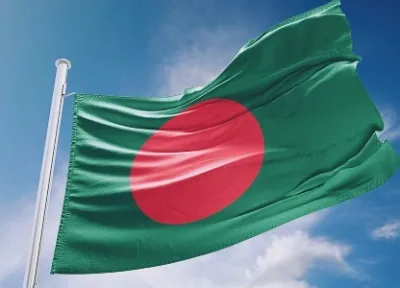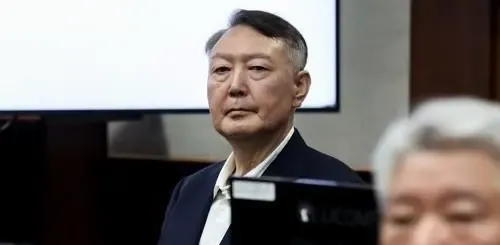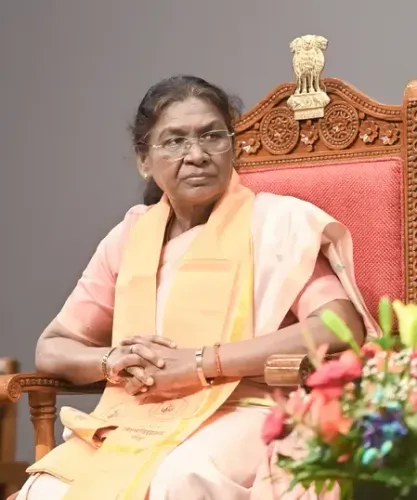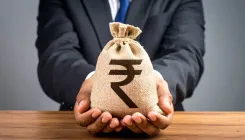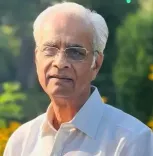Are India and the US Still in Negotiations After Trump's 25% Tariff Threat?
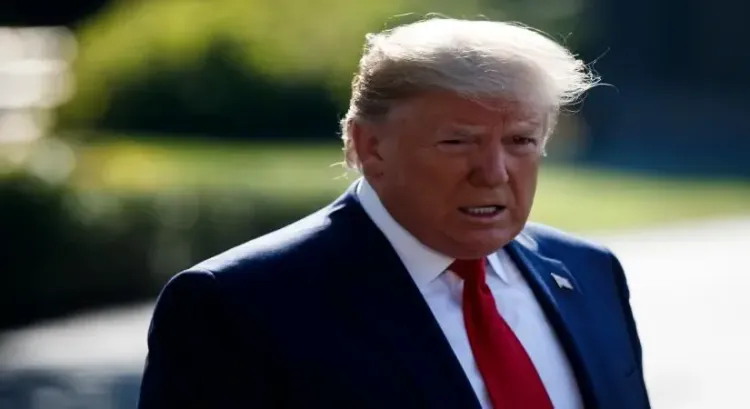
Synopsis
Key Takeaways
- Ongoing negotiations: Despite tensions, discussions between India and the US continue.
- Threat of tariffs: Trump has indicated a potential 25% tariff on India.
- India's response: India is prepared to protect its interests amidst tariff threats.
- Agricultural issues: Agriculture remains a key topic in the negotiations.
- Potential resolution: A decision on the negotiations could come by the end of the week.
New York, July 31 (NationPress) President Donald Trump has indicated that India and the United States are still in the midst of negotiations regarding a trade agreement, despite his recent ultimatum of imposing a 25 percent tariff. A conclusive decision is anticipated by the end of this week.
"We are currently in discussions with India, and we'll see how it unfolds," he stated on Wednesday, shortly after making his tariff threat and proposing a 100 percent penalty on buyers of Russian energy.
Trump noted that India, which he claims has one of the highest tariffs globally, is now prepared to significantly reduce these rates.
However, when questioned about the Russian energy penalty, he refrained from commenting and instead mentioned the 10 percent penalty he suggested for BRICS nations.
Given that he asserts negotiations are ongoing, his morning threat may serve as a strategic maneuver, providing both nations some flexibility to reach an agreement.
Additionally, he has yet to send a formal notice regarding the tariffs, unlike his communications with other countries.
India has responded assertively to the tariff threat, stating that the government is ready to take all necessary measures to protect our national interests.
It appears that agriculture could be a contentious issue in the discussions.
The statement elaborated, "The government prioritizes safeguarding and enhancing the welfare of our farmers, entrepreneurs, and MSMEs (Micro, Small, and Medium Enterprises)."
The U.S. seeks to open Indian markets to its agricultural and dairy products, which may significantly affect India's extensive agricultural sector.
Trump and his team, including Commerce Secretary Howard Lutnick, have expressed optimism that India would be among the first to finalize a deal, although this has yet to occur.
India was among the initial nations to commence trade negotiations with Washington over tariffs, and Trump has consistently claimed that an agreement was imminent, with his latest remarks made last week.
India's Commerce Minister Piyush Goyal stated last week in a media interview in London that the negotiations were making "fantastic" progress.
"I am hopeful we can finalize a highly consequential partnership," he expressed.
In its response, India's Commerce Ministry remarked, "India and the U.S. have been actively negotiating to establish a fair, balanced, and mutually beneficial bilateral trade agreement over recent months."
"We remain dedicated to this goal," it emphasized.
During a press briefing at the White House, Trump referred to Prime Minister Narendra Modi as "a friend of mine," a phrase he often uses to soften points of contention regarding tariffs.
He stated casually, "It doesn’t matter too much whether we reach an agreement or impose a specific tariff, but you will find out by the end of this week."
Trump reiterated his criticism of India's high tariffs, asserting that while the U.S. imports a significant amount from India, it does not export as much due to these tariffs.
He claimed that India has among the highest tariffs worldwide, with rates reaching as high as 175 percent.
When pressed about the penalty for purchasing Russian energy, he sidestepped the question and shifted to discussing BRICS and its perceived anti-U.S. stance.
"India is a participant in that, if you can believe it," he commented.
"It’s an assault on the dollar, and we will not allow anyone to undermine the dollar," he asserted.
Regarding India, he remarked, "It's partly about BRICS, and it’s partly about trade."
In a post on Truth Social, Trump claimed that India has "always purchased the majority of their military equipment from Russia, and is Russia's largest buyer of energy, alongside China, at a time when everyone wants Russia to cease its actions in Ukraine."
"Not good at all! Consequently, India will face a 25 percent tariff, along with a penalty for the aforementioned, beginning on August 1," he wrote, emphasizing parts of his message in capital letters.

